
Louis Vuitton Case Study

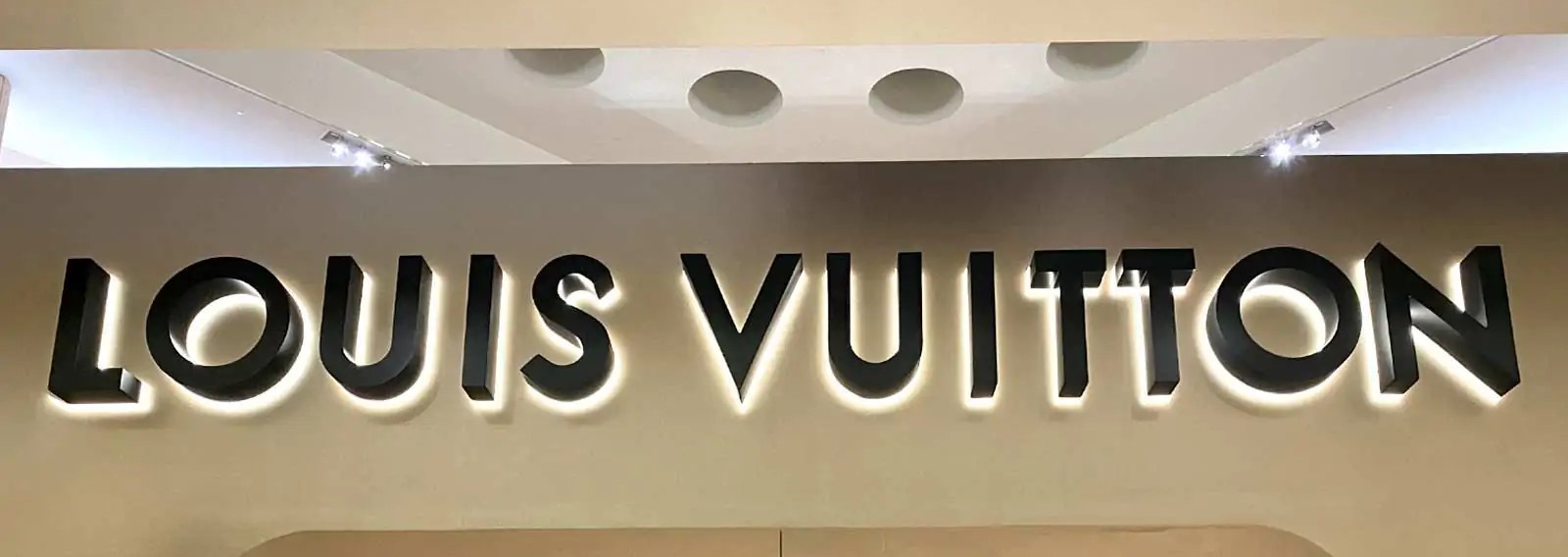
Introduction:
Louis Vuitton, a renowned French designer of leather goods, established his first suitcase shop in Paris in 1854. Over the years, the brand’s luggage and leather goods gained recognition as symbols of high society. Today, Louis Vuitton has expanded beyond leather goods to include fashion, accessories, shoes, bags, jewelry, watches, media, and even wine. With its iconic LV suitcase and dynamic fashion shows in Paris, Louis Vuitton maintains a leading position in the international fashion industry, boasting a unique brand identity.
The Louis Vuitton Company
Established in 1854, the Louis Vuitton Company quickly rose to prominence as a premier maker of luxury goods, particularly renowned for its high-quality travel trunks and leather accessories. The brand became synonymous with its signature beige monogram, featuring the LV initials on a chestnut background. After George Vuitton took over the company in 1892, Louis Vuitton continued to innovate, pioneering the concept of designer labels on products.
In 1998, with Marc Jacobs as Artistic Director, Louis Vuitton ventured into the realm of high fashion. Collaborating with artists like Stephen Sprouse and Takashi Murakami, the brand infused cutting-edge design concepts into its iconic products, transforming them into coveted status symbols. Today, Louis Vuitton stands as a global leader in luxury consumer goods, offering a diverse range of products, including travel books, perfumes, distilled spirits, and designer shoes and clothing.
While initially catering exclusively to the wealthy elite, Louis Vuitton has adapted to meet the demands of a growing luxury market. However, the brand continues to target affluent consumers who are willing to pay a premium for exclusive items. Attributes such as creativity, craftsmanship, innovation, and premium pricing not only provide consumers with a sense of ownership but also confer psychological benefits like prestige and status.
Louis Vuitton’s desired positioning emphasizes the fusion of tradition and modernity in its company philosophy. With a rich history of craftsmanship and innovation, the brand’s identity is deeply rooted in its heritage while embracing contemporary trends. This is evident in the company’s motto, “For Louis Vuitton, the art of travel is the art of fine living,” underscoring its commitment to excellence and luxury lifestyle. Through its official website and virtual travel museum, Louis Vuitton continues to celebrate its legacy while adapting to the evolving needs of its discerning clientele.
Louis Vuitton – Target Audience
Louis Vuitton sells to the rich and stylish customers who appreciate luxury. Their customers are usually adults between 25 and 54 years old with plenty of money to spend. Louis Vuitton is popular in Europe, Asia, and the U.S. People who buy Louis Vuitton like its long history and classic designs.
The people who buy Louis Vuitton are often well-off and want to show their status. They like art and want to stand out. They’re trendsetters and leaders who value unique and exclusive fashion.
Louis Vuitton – Marketing Mix
Louis Vuitton has successfully attracted wealthy customers worldwide by carefully combining product offerings, pricing strategies, promotional activities, and distribution channels.
Product
Louis Vuitton offers a range of high-quality products, including leather goods, clothing, accessories, watches, and fragrances. Each item is crafted with meticulous attention to detail and showcases the brand’s dedication to excellence and creativity. The iconic monogram pattern associated with Louis Vuitton serves as a symbol of luxury and distinction, setting its products apart from others in the market.
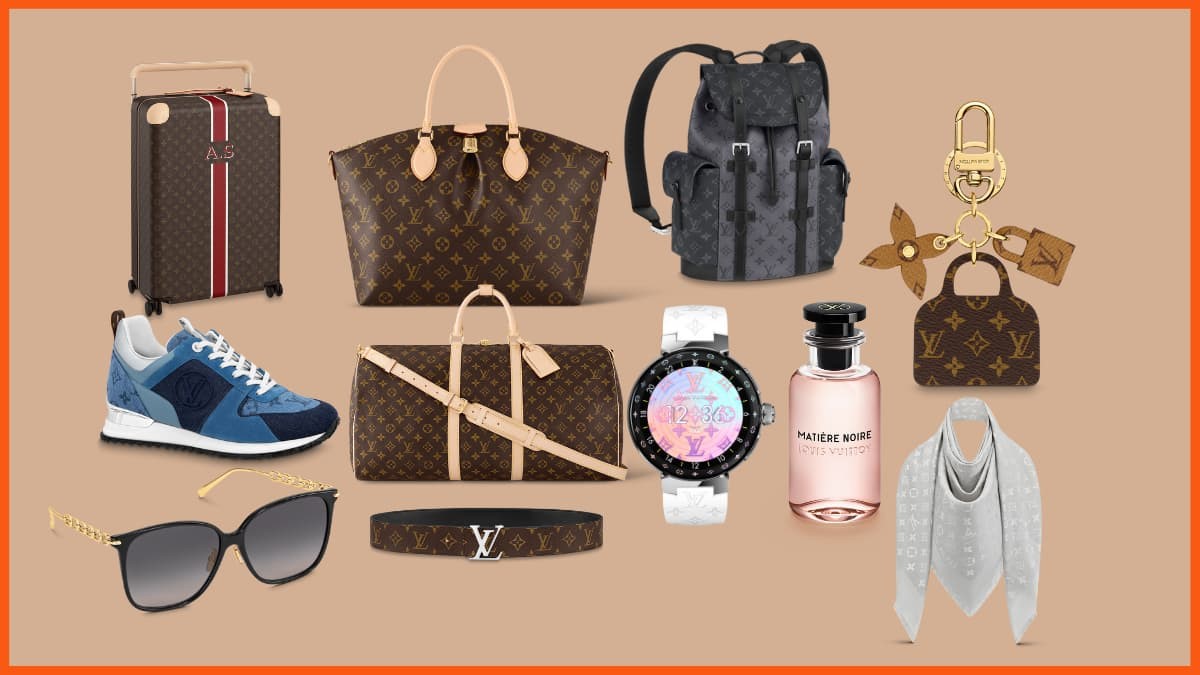
Promotion
Louis Vuitton’s way of promoting its products is powerful and has a big effect. They team up with famous celebrities and take part in important events to make people excited and interested in what they offer. Their ads are eye-catching and tell interesting stories, showing off their long history and making people feel connected to the brand. They also use the internet and work with popular social media personalities to reach more people, but they still manage to keep a sense of being special and unique.
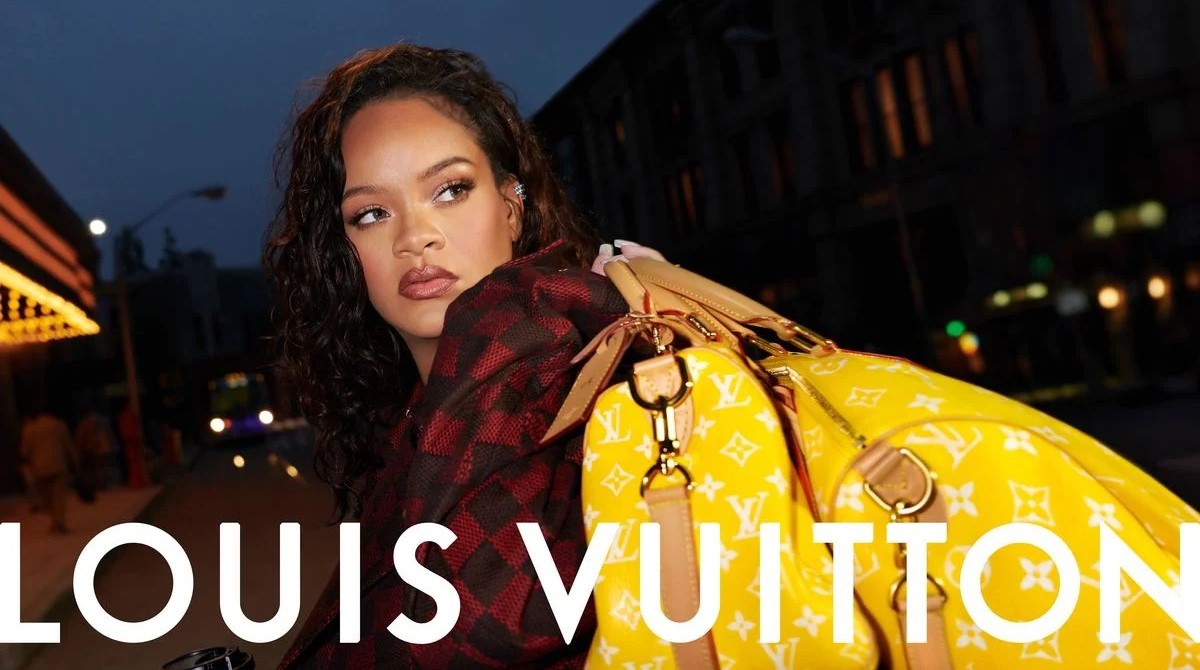
Place
Louis Vuitton takes great care in how and where its products are sold to give customers the best possible experience. Their stores, found in top locations worldwide, create a luxurious atmosphere that matches the high quality of their products. Alongside physical stores, Louis Vuitton also sells online, making it easy for people all over the world to shop.
Louis Vuitton’s way of doing business is a perfect example of how to market luxury goods. They carefully balance their products, prices, promotions, and where they’re sold to keep impressing customers and winning over people who appreciate luxury.
Louis Vuitton – Marketing Campaigns
Louis Vuitton has carried out powerful marketing initiatives that have had a significant influence on the fashion world.
The Series 3 exhibition provided an engaging insight into the brand’s artistic approach, demonstrating its skill and originality. By presenting interactive displays and live presentations, Louis Vuitton encouraged a stronger bond with its viewers.
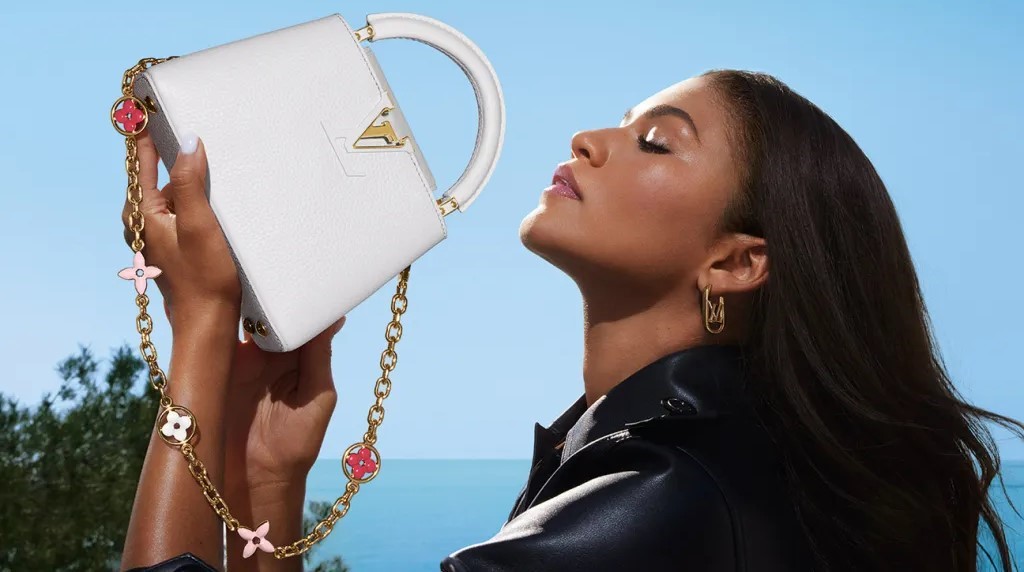
The Spirit of Travel campaign perfectly embodied luxury and the thrill of exploration, showcasing renowned destinations and seamlessly incorporating Louis Vuitton products into the visuals. Through its depiction of longing and excitement, the campaign resonated with the globe-trotting aspirations of its intended viewers.
These campaigns showcase Louis Vuitton’s talent for weaving captivating narratives, stirring feelings, and affirming its status as a premier luxury brand. Through visually stunning campaigns, Louis Vuitton consistently captivates its audience, reinforcing its brand essence, and upholding its dominant presence in the fashion world.
These marketing efforts show how good Louis Vuitton is at telling stories and connecting with people’s emotions. By creating stunning campaigns, Louis Vuitton keeps capturing people’s attention, reminding them of what the brand stands for, and staying the top choice for luxury fashion.

Business Model
Louis Vuitton’s way of doing business is about selling fancy stuff like bags, clothes, shoes, and jewelry that are super high quality and made with great skill. They sell these things at really high prices because they’re seen as super fancy and special. Louis Vuitton has its own shops where they sell these things, but they also sell online and work with big stores to sell their stuff. Sometimes they team up with other fancy brands to make even more stuff and reach more people. They spend a lot on ads to make sure everyone knows how fancy they are and stay on top in the fancy stuff world. That’s basically how Louis Vuitton does business.
- Louis Vuitton sells fancy stuff like leather goods, clothes, shoes, jewelry, and accessories that are all about luxury.
- They really care about making their products top-notch, and they make sure everyone knows they’re fancy by charging high prices for them.
- They sell their stuff in their own stores, online, and team up with big department stores to reach customers directly.
- Sometimes, they work with other fancy brands and designers to make even fancier stuff and reach more people.
- Louis Vuitton spends a lot on ads to make sure everyone knows how fancy they are and keeps being seen as the best in the luxury goods world.
- They’re always trying new things and staying ahead of the game, whether it’s making new designs, improving how they make things, or finding new ways to sell.
Louis Vuitton marketing strategy
Louis Vuitton isn’t just about luxury fashion; it’s a symbol of prestige and exclusivity. Known for its top-notch products with a touch of sophistication, Louis Vuitton has become a status symbol globally. But reaching such a prestigious position demands a well-thought-out marketing strategy covering different aspects.
These methods have lifted the brand to remarkable heights, attracting stylish consumers worldwide. Now, let’s take a closer look at Louis Vuitton’s main marketing strategies to understand how they’ve impacted the brand’s success.
Establishing a Strong Brand Image
Louis Vuitton owes much of its triumph to its skill in crafting a powerful brand identity. The company has meticulously built an image of opulence and uniqueness, drawing in customers who desire luxury. Louis Vuitton’s branding revolves around highlighting its rich history, meticulous craftsmanship, and dedication to quality. By accentuating these qualities, Louis Vuitton has established itself as a frontrunner in fashion, charging premium rates and distinguishing itself from rivals.
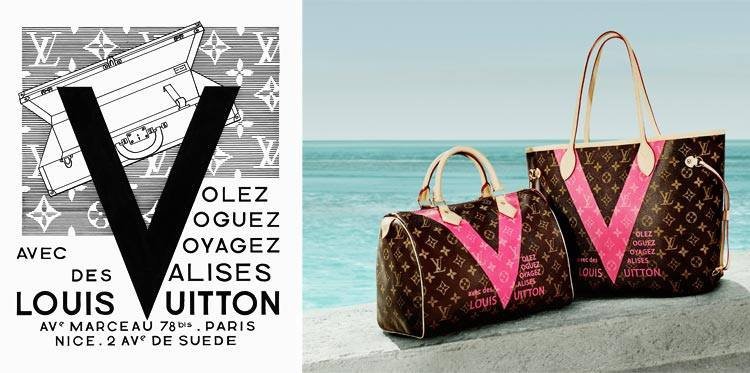
Limited Edition and Exclusivity
Louis Vuitton uses limited edition releases to make customers feel a strong need to buy quickly and to feel like they’re part of an exclusive group. By offering only a small number of special items, they build excitement and longing, which makes people want them more and become even more loyal to the brand. The Louis Vuitton x Supreme collaboration in 2017 was a perfect example of this strategy. It combined street style with high-end fashion and was in such high demand that it sold out almost instantly, demonstrating how Louis Vuitton knows how to create excitement and desirability around its products.
Strategic Partnerships and Collaborations
Louis Vuitton strategically teams up with artists, designers, and luxury brands to craft distinctive and inventive collections. These collaborations enable the brand to explore new market avenues, connect with a broader audience, and inject its products with novel viewpoints and imaginative flair. The 2017 collaboration between Louis Vuitton and artist Jeff Koons, for instance, yielded a collection that reimagined iconic artworks as luxury accessories. This partnership seamlessly blended the realms of art and fashion, attracting considerable interest and boosting sales.
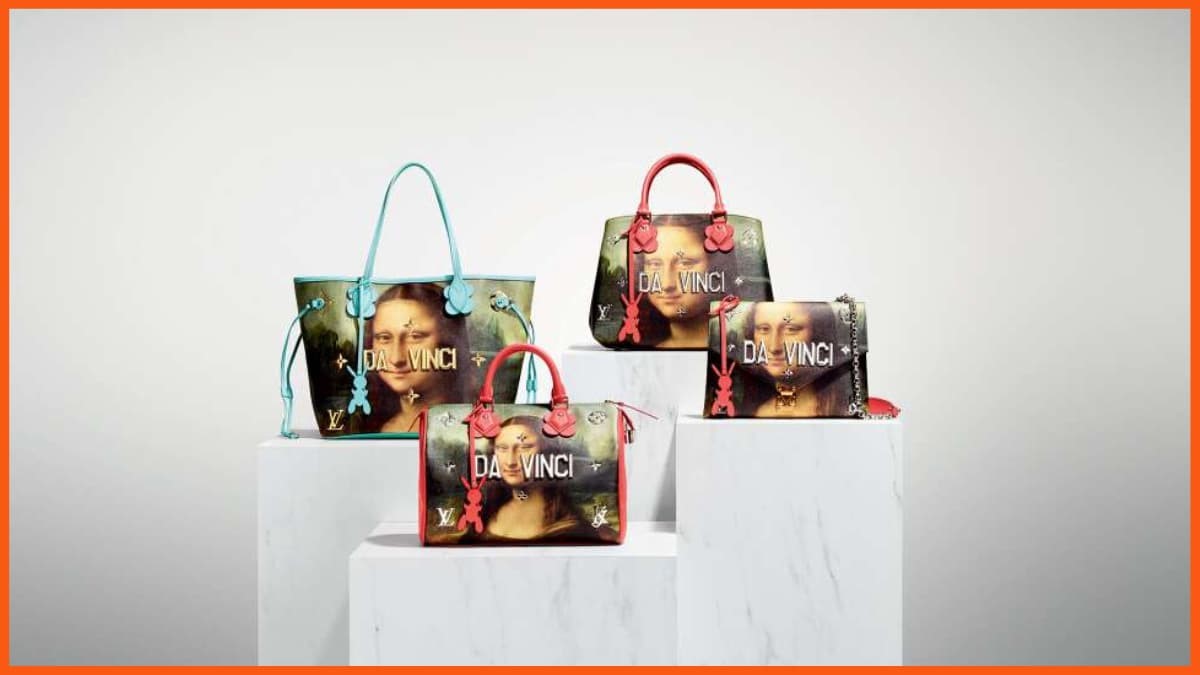
Influencer Marketing
Louis Vuitton utilizes influencer marketing as a strategy to engage with younger, digitally adept demographics. Through partnerships with prominent social media influencers and celebrities, the brand broadens its audience and appeals to fresh demographics, thereby boosting brand recognition and interaction. For instance, Louis Vuitton teamed up with actress and brand ambassador Emma Stone for the Spirit of Travel campaign, chronicling her excursion to Cambodia. This initiative amassed millions of views and interactions across various social media platforms, effectively capturing the attention of a diverse audience.
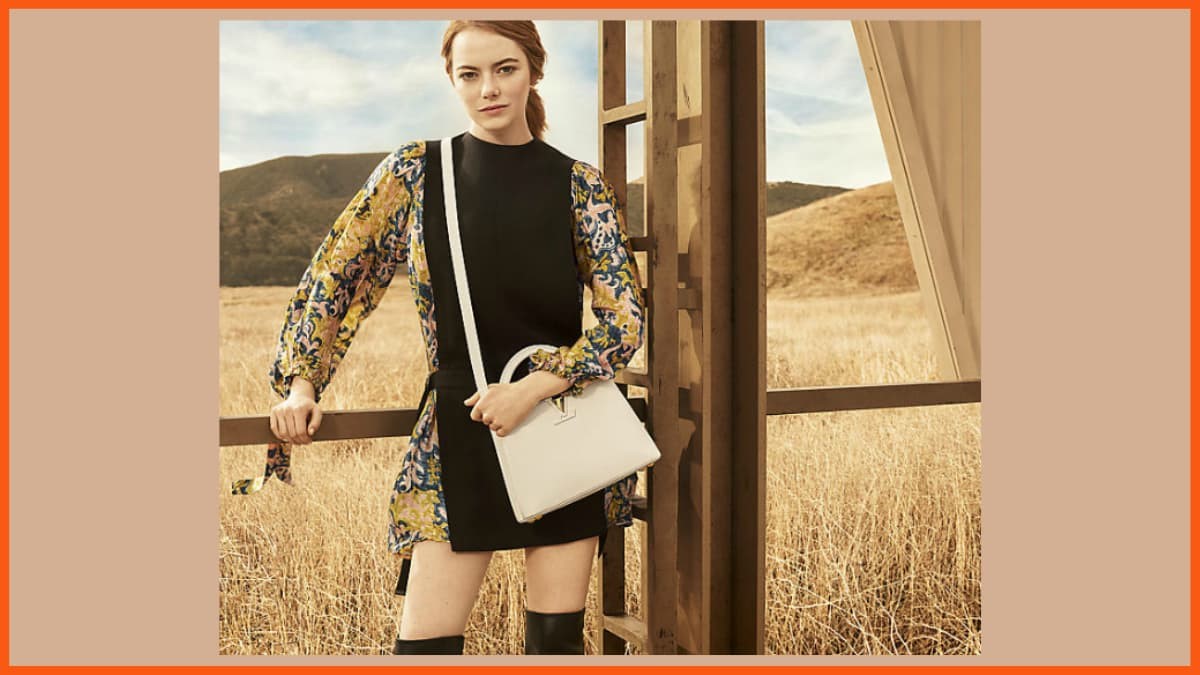
Immersive Retail Experiences
Louis Vuitton makes really cool stores where they sell their fancy stuff. These stores aren’t just for shopping—they also make you feel like you’re in a special, fancy place. One example is the Louis Vuitton Maison in Tokyo’s Ginza neighborhood. It’s like a masterpiece of architecture and takes you on a journey through the brand’s history and how they make their stuff. Inside, you can find things you can’t get anywhere else, which attracts both serious shoppers and big fans of the brand.
Louis Vuitton offers shopping experiences that are more like adventures. Their stores aren’t just places to buy things; they’re designed to make you feel like you are part of something special.
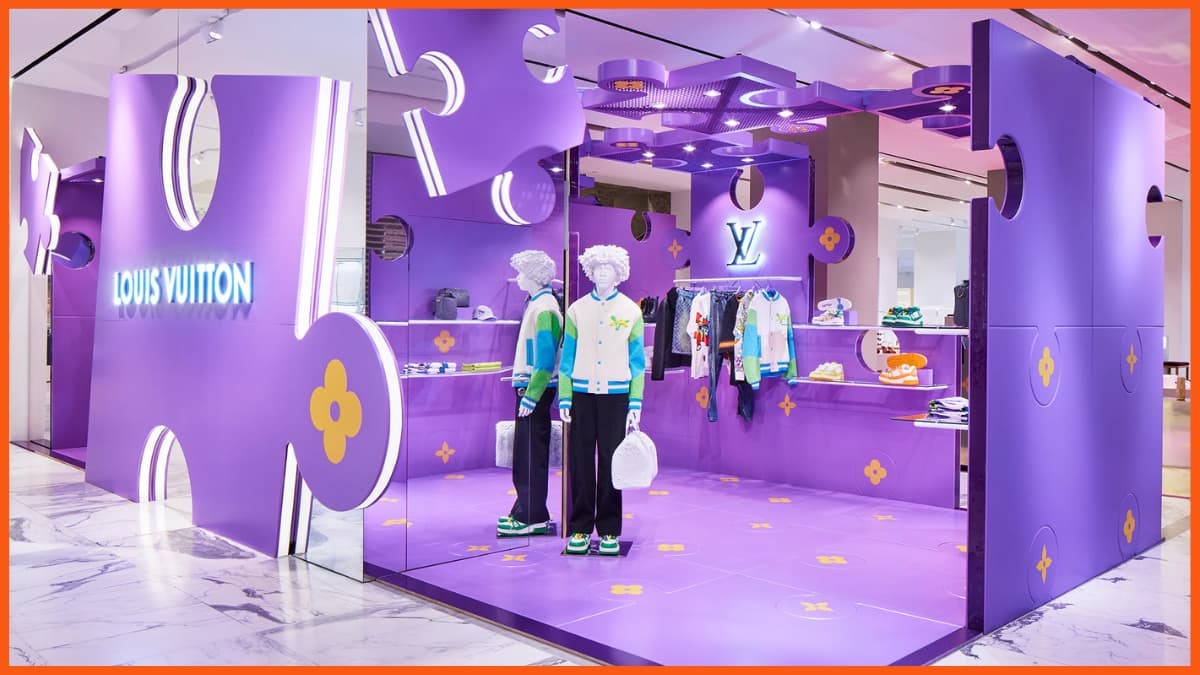
Digital Innovation
Louis Vuitton is all about staying up-to-date with the digital world to connect with customers today. They use technology to make online shopping better, create interactive content to engage customers, and make the most of social media to reach more people. Their “LV Pass” app is a prime example, offering exclusive content, personalized suggestions, and virtual experiences. They even use augmented reality and virtual reality to let customers try things on virtually.
Louis Vuitton has really raised the bar with its innovative strategies. Other brands can learn from them and come up with their own amazing campaigns. By focusing on creativity, uniqueness, and immersive experiences, brands can make stronger connections with their audiences and stand out in the market. So, take a page from Louis Vuitton’s book and dare to dream big for your brand. The opportunities are as vast as the appeal of luxury itself.
SWOT Analysis of Louis Vuitton
As the world’s most valuable luxury brand, Louis Vuitton relies heavily on SWOT analysis to gain crucial insights into its operations and ensure continued success.
Starting with Louis Vuitton’s strengths:
- Unparalleled brand recognition and global presence
- Exceptionally high levels of customer loyalty
- Instant recognition due to its iconic logo and monogram canvas
- Offering customized products for elite clientele
- Effective celebrity marketing strategies
- Successful collaborations with renowned designers worldwide
- Extensive retail presence with over 450 stores across 50+ countries
- Long-standing heritage spanning over 150 years
- Strong association with high-quality products, a key factor in the luxury segment
Moving on to Louis Vuitton’s weaknesses:
- Intense competition leading to relatively low market shares
- Overreliance on patenting designs and centralized decision-making, affecting innovation and morale
- Limited adaptability to foreign trends, particularly in non-French markets
- Overdependence on the Japanese market, hindering expansion into other regions
- High price points restrict market accessibility to niche demographics
- Counterfeiting negatively impacts sales and brand reputation
- Weak online presence and limited distribution channels
Next, Louis Vuitton’s opportunities:
- Brand image revitalization to appeal to younger demographics
- Strategic partnerships with companies targeting similar customer segments
- Growth potential in burgeoning Asian markets, particularly China and India
- Innovation in product development to maintain competitive edge
- Collaborations with lifestyle events, hotels, and fashion houses for business expansion
- Exploiting the booming global luxury goods market, driven by rising disposable incomes
- Leveraging increasing demand for non-essential and luxury items
Finally, Louis Vuitton’s threats:
- Potential impact of global economic downturns or financial crises
- Rising popularity of alternative fashion products posing a threat to market share
- Emerging competition from developing countries affecting sales
- Rampant counterfeiting damaging brand reputation and market share
- Government trade policies hampering international operations
- Challenges in customizing products to suit diverse cultural preferences amidst a predominantly European design team.
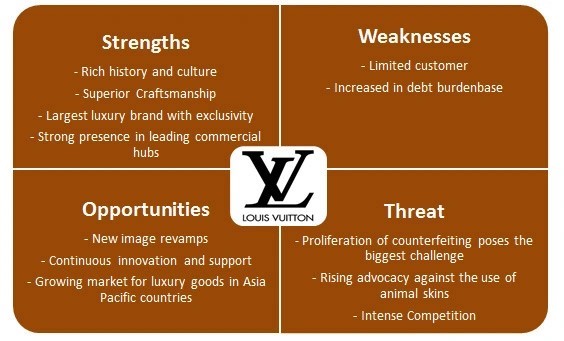
Competitor Brands
COMPANY | TARGET MARKET | PRODUCT POSITIONING |
Gucci | •Affluent women 20-30 •Actual or aspiring jetsetters •Social Elites who are brand loyal | • Distinctive, high-end products • Compete on quality • Target heavy users • Market leader in sunglasses |
Prada | •Affluent women 20-30 • “Fashionista” seeking timeless products •Shop luxury brands and carefully follow fashion trends | • Stylistically simple, high-end products • High price • Best known for accessories • Target brand loyalists • Compete on quality |
Hermes | • Women of all ages • “Super Luxury” consumer • Social Elite, shops Hermes because all the women in her family do | • Expensive and exclusive • High quality, hand-made • Best known for specialty silk scarves and their “H” logo on leather products |
Chanel | • Females 35-49, often married • Heavy users • Shop Chanel in all product areas; shoes, clothing, cosmetics | • Chic & elegant product • Timeless, exclusive • Best recognized for quilted leather bags, lipstick and apparel |
Secret to Its Success
The secret to Louis Vuitton’s success can be attributed to a number of factors, including-
- Louis Vuitton really cares about making top-quality stuff, and they make sure everyone knows it’s super fancy by charging high prices. This focus on quality has made them really popular and kept them at the top in the fancy goods world.
- They’re always trying new things to stay ahead, whether it’s making cool new designs, finding better ways to make stuff, or figuring out new places to sell it. This helps them stay fresh and keep attracting new customers.
- Louis Vuitton is known for being super fancy and high-quality, which has helped them get lots of new customers and keep the ones they already have. People think of luxury, top-notch quality, and skill when they think of Louis Vuitton, and that’s why they’ve been so successful.
- They’ve been smart about growing, especially in places like Asia where more people want fancy stuff. This has helped them find new customers and make even more money.
- Louis Vuitton doesn’t just sell bags anymore. They’ve expanded into clothes, shoes, jewelry, and more. This has helped them reach even more people and sell even more stuff.
- They spend a lot on ads to make sure everyone knows how fancy they are and to keep being seen as the best in the fancy goods world.
Overall, Louis Vuitton’s success can be attributed to its focus on quality and craftsmanship, consistent innovation, strong brand image, expansion into new markets, diversification of product offerings, and investment in marketing and advertising.
conclusion
To sum up, Louis Vuitton is a top-notch fashion brand known for its luxury items and excellent reputation. They’ve achieved their success by always making sure their products are super high-quality, being innovative, offering a wide range of stuff, and spending a lot on ads.
But it’s not all smooth sailing. They have to deal with tough competition, people’s tastes changing, and uncertain economic and political situations. Still, by making smart choices and sticking to what they’re good at, Louis Vuitton can keep being a top player in the fancy goods world for a long time.
Thanks for checking this out and reading through!




